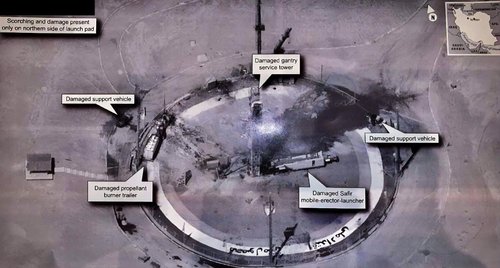- Joined
- 21 January 2015
- Messages
- 12,132
- Reaction score
- 16,291
New article from AW, including an image captioned 'This accurate model show the original KH-11 design that, like Hubble, carried about a 8-ft. mirror but with a shorter instrument base section.' Just looks like an image of Hubble to me & it would be a first for an image of it to be reproduced of it in public. Any thoughts on this?
 aviationweek.com
aviationweek.com
Also gets a mention in this with its official codename.
Behind The Scenes Of A Scoop | Aviation Week Network
Aviation Week’s foray into the new arena of digital imaging led to two scoops of high-level intrigue and bargaining with the U.S. military.
Also gets a mention in this with its official codename.











